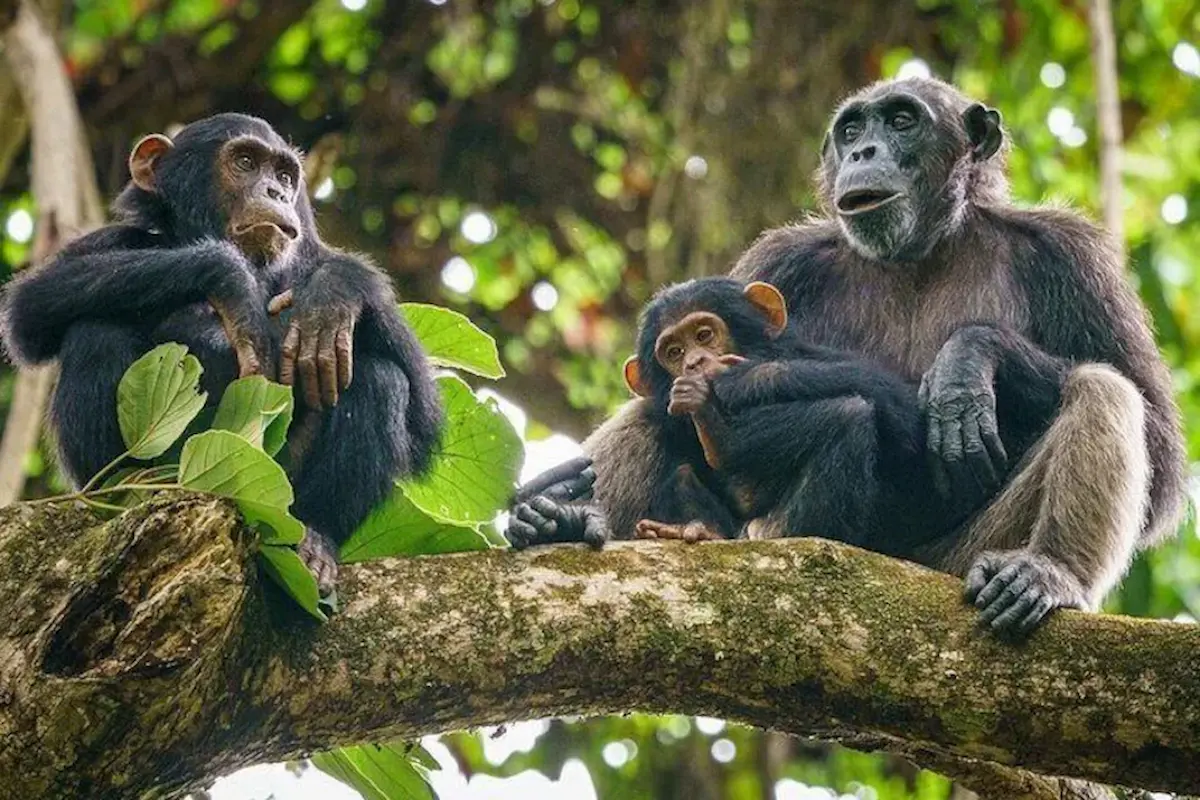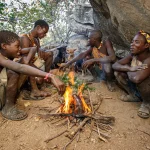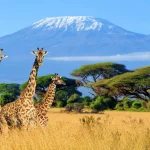If you want to enjoy your holiday by going on an African safari, Tanzania is your ideal destination. Tanzania offers more than a regular wildlife safari. Travelers will enjoy activities like game viewing, hiking safaris, and trekking chimpanzees in Tanzania.
Trekking the Great Migration is a memorable safari experience that attracts thousands of visitors to Serengeti National Park. Other popular safari destinations include Ruaha National Park, Tarangire National Park, Katavi National Park, Mount Kilimanjaro, and the Indian Ocean.
Many of Tanzania’s notable safari spots are in northern Tanzania, often known as the Northern Circuit. Most visitors think the northern safari circuit is all that Tanzania can offer on a safari. This is not true. Tanzania has the last remaining species of chimpanzees.
If you want to see these incredible primates, head to western Tanzania. Wild chimpanzees are beautiful creatures to see on your next African safari tour. Here is all you need to know about chimpanzees before you plan your Tanzania safari.
Habitat
Chimpanzees embrace the Congolese forest. They control these jungles together with the gorillas. Such forests are typical in western Tanzania, the DRC Congo, Uganda, and Rwanda. They prefer montane forests and dense lowland forests.
However, gorillas are not in Tanzania. Rwanda and Uganda are the best places for gorilla trekking safaris. Their protected areas harbor many gorillas, the close relatives of the wild chimpanzees.
Social structure
Chimpanzees are very social. They live in groups of up to 20 chimpanzees, which are usually, but not always, blood-related.
The females care for the young, while the males protect the territory. A single dominant male rules the groups and is responsible for mating.
Communication
The chimpanzees utilize various methods of communication. They employ both sign language and vocal sounds. They also provide audible alerts in the event of a threat, such as from a predator. The young chimpanzees show respect to the old ones.
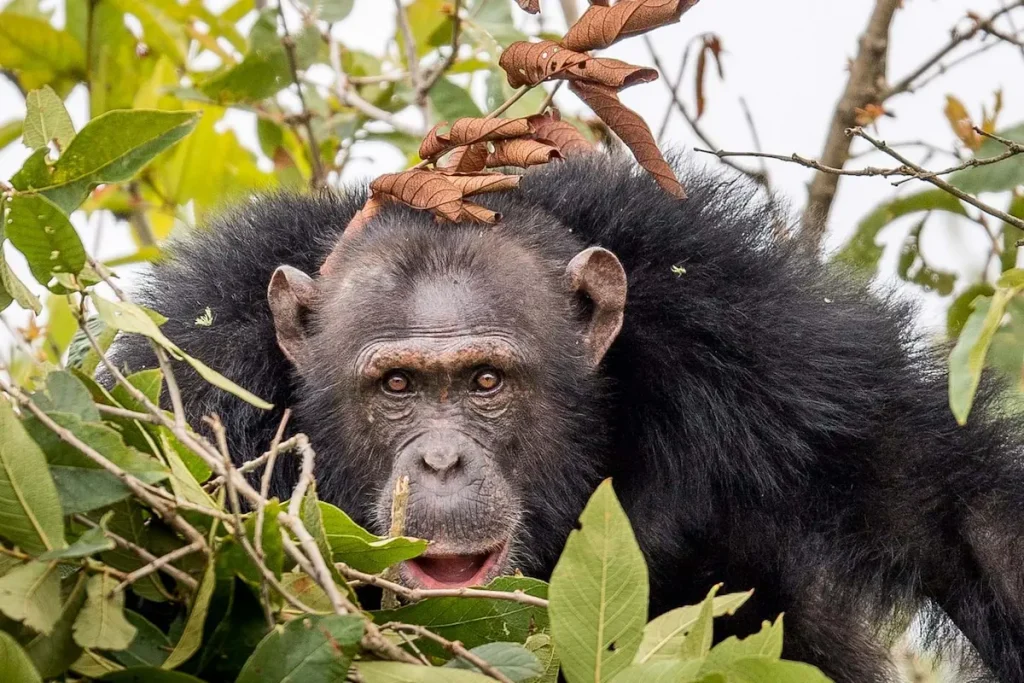
Reproduction
They give birth to a single baby. Their gestation period is 243 days.
What do chimpanzees in Tanzania eat?
The chimpanzees eat a variety of food sources. They include plant roots and a variety of fruits.
Skills
Wild chimpanzees are mammals with big brains. They show their skills differently. They usually make simple tools like poles, stones, and spears, which help them defend, hunt, and dig roots.
What threats do chimpanzees in Tanzania face?
The primary threat to chimpanzees is the loss of habitat. The expansion of human settlements has destroyed forests, endangering their survival. The IUCN has identified them as an endangered species.
Conservation efforts
The authorities recognized the risk of extinction for wild chimpanzees and created two parks to conserve them.
What is chimpanzee trekking?
Chimpanzees are pretty different from other animals in the wild. They don’t like noises and disturbances. Therefore, you cannot explore them on a game drive. Chimpanzee trekking is a more convenient way to explore these creatures.
Chimpanzee trekking is more authentic. You will walk through dense forests until you reach chimpanzee territory. This safari is very natural and allows you to explore nature differently.
Where can I go to see chimpanzees in Tanzania?
Seeing the chimpanzees is a once-in-a-lifetime experience. Many visitors dream of this memorable experience. You can experience it in two national parks in Tanzania. These are Gombe Stream National Park and Mahale Mountains National Park.
Gombe and Mahale National Parks are in western Tanzania, specifically in the Kigoma region. They also lie on the eastern shores of Lake Tanganyika, the second-deepest lake in the world. Rubondo Island also hosts a significant population of chimpanzees.
Gombe Stream National Park
Gombe Stream National Park is a breathtaking destination on the eastern shores of Lake Tanganyika. Apart from its fame as the smallest park, Gombe is also the home of wild chimpanzees. It is just 35 square kilometers.
The landscape of this scenic national park comprises steep valleys, woodlands, grasslands, and tropical rainforests. Wild chimpanzees prefer rainforests and montane forests. Jane Goodall’s research has made Gombe National Park famous.
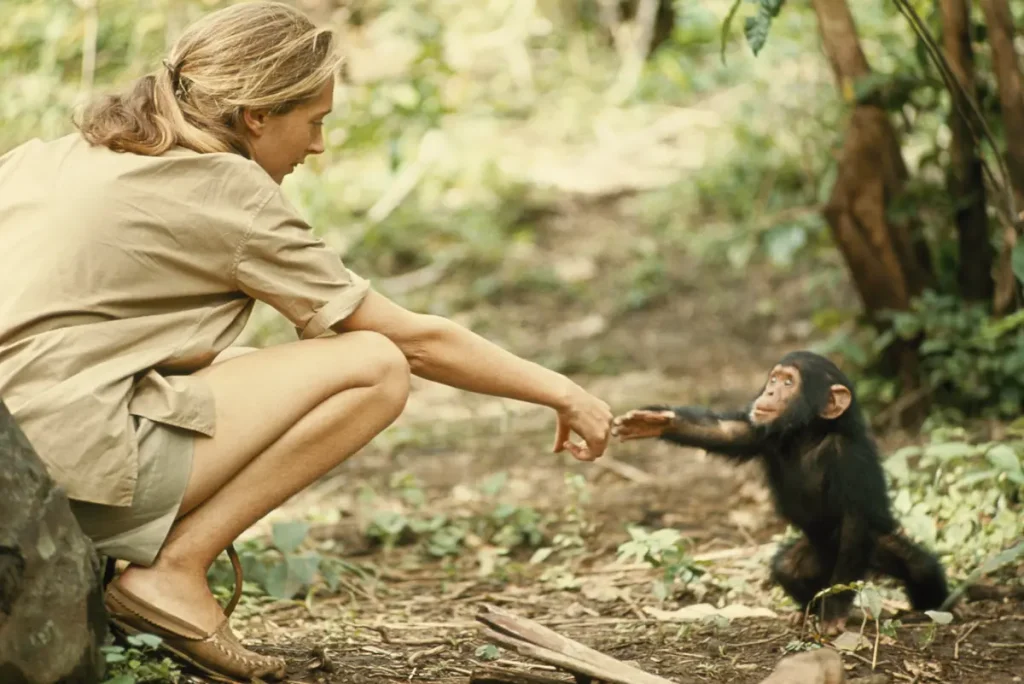
Other primates, such as olive baboons, blue monkeys, red-tailed monkeys, and red colobus monkeys, coexist with the chimps.
Chimpanzee trekking in Gombe
Gombe Stream National Park is a perfect spot for chimpanzee trekking safaris. The park allows a group of six guests to spend an hour with a group of chimpanzees. There are habituated groups of chimpanzees.
This expedition begins with a quick overview of the experience and regulations for trekking these unusual primates. Following the briefing, participants will hike on the indicated routes, following in the footsteps of the chimps.
Your guides know the clues to finding the chimpanzees in their natural habitat. As you hike, listen to the shaking branches as the blue monkeys jump from one branch to another.
You will finally come to one of the groups of chimps. They are human-friendly. Spend one hour watching these unique species.
The playful nature of the young chimps will amaze you, while the dominance of the silverbacks ensures the group’s safety. The females dig roots and collect fruits for their young.
Mahale Mountains National Park
Mahale Mountains National Park is another home of chimpanzees in Tanzania. Like Gombe, Mahale is also on the eastern shores of Lake Tanganyika. In Mahale, these primates dominate the mountainous region of the Mahale Mountains range.
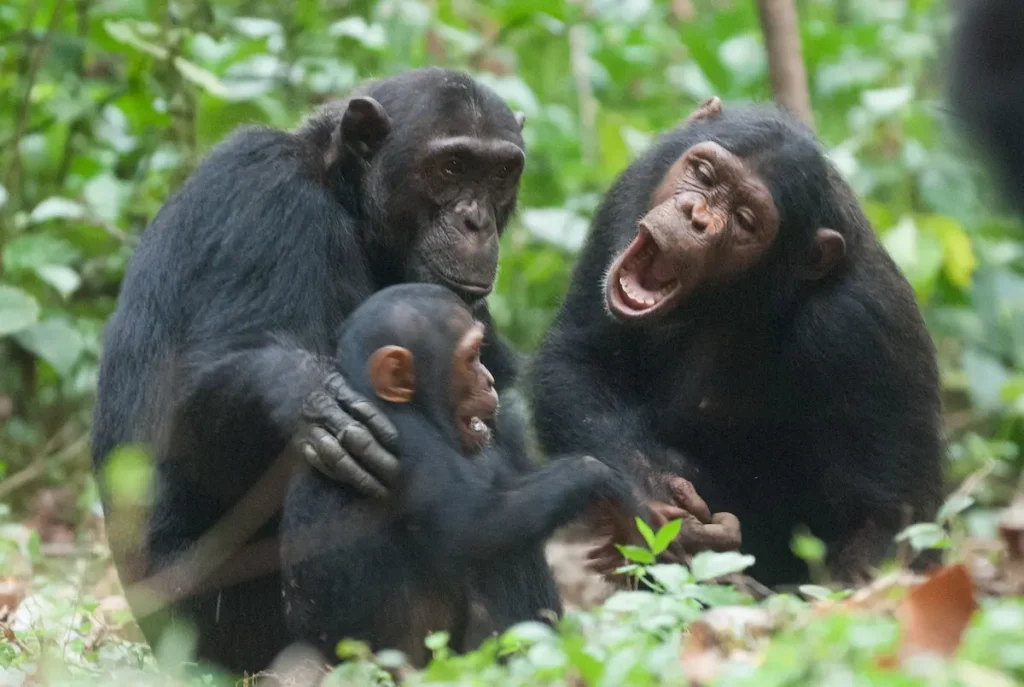
Time to visit Tanzania for chimpanzee trekking
Chimpanzee trekking is an all-year around activity. However, we recommend embarking on this safari experience in the dry season, from June to October.
During the dry season, chimpanzees live on the lower slopes of mountains. In the rainy season, they inhabit the steep slopes, making it difficult to reach them.
Rules to observe when trekking the chimps
- Visitors must be 15 or older to trek with the chimpanzees. The parks restrict children under 15.
- Hike through the marked trail on your walking safari to the chimpanzee territory.
- Please do not smoke, drink, or eat when you are close to the chimpanzee.
- Avoid making noises, as this may scare animals.
- Turn off your camera flashes when taking pictures of chimpanzees.
- Do not throw food at or feed the chimpanzees.
- You should not trek the chimps when you are ill, especially with infectious diseases. The chimps can contract the disease.
- Adhere to instructions given during the briefing and from your guide.
- When approaching the chimpanzees, maintain a distance of at least 8 meters.
Ready to learn more?
Chimpanzee trekking is an authentic Tanzania safari that we at East Africa Safari Guides offer. We are happy to see you discover the untold stories about the chimpanzees in East African countries. If you want this fascinating experience, make us your tour operator.

